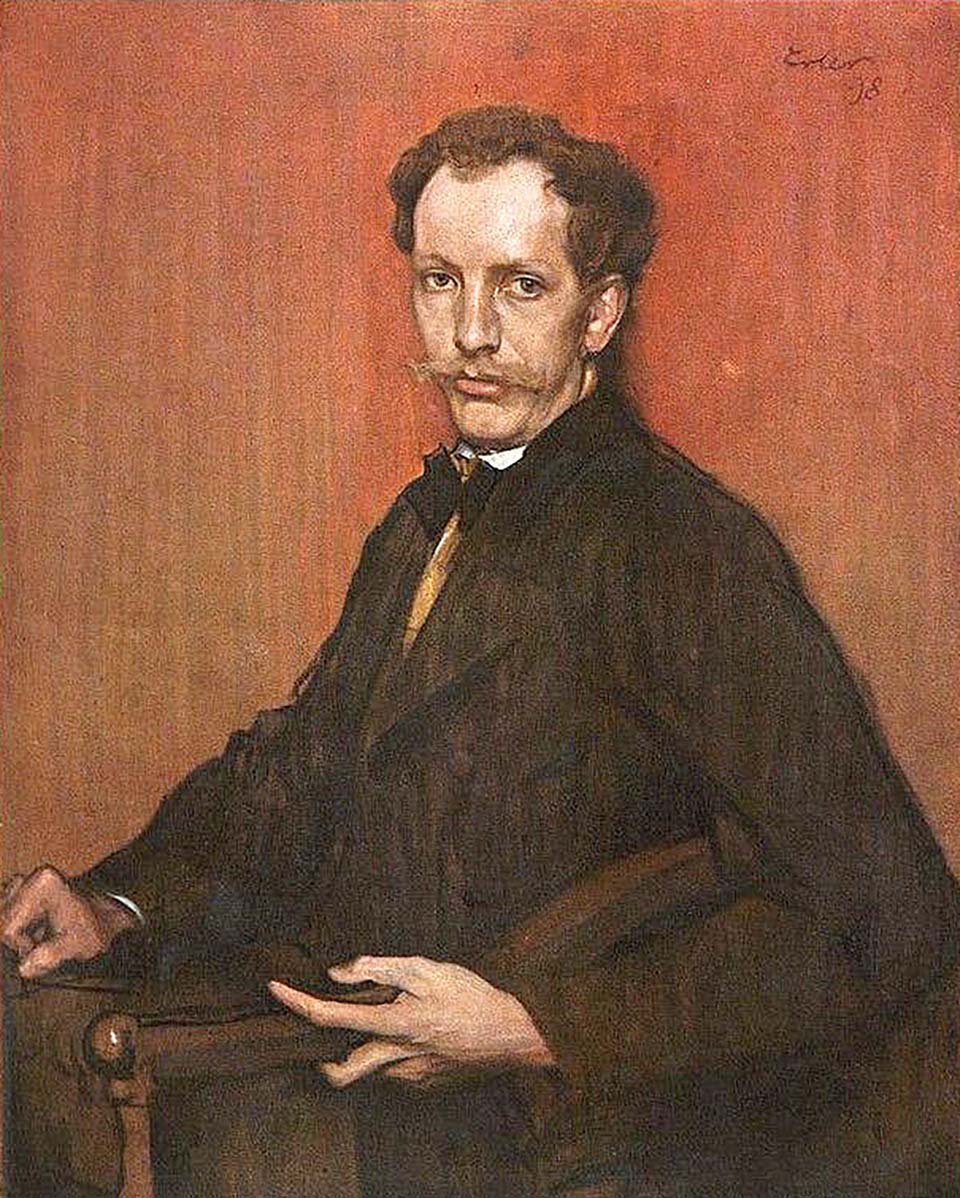
Who would have thought that one of Spain’s most celebrated novelists began his adult life serving in the Spanish Navy but later became a tax collector? While in the Navy he and his fellow infantrymen were captured by Barbary pirates and were detained for five years. It was not a promising start but if literature is your thing, you’ve probably guessed his identity already.
In the autumn of 1547, Miguel de Cervantes was born in the small medieval city of Alcalá de Henares which lies about twenty-two miles north-east of Madrid. After his unfortunate experience in the Spanish Navy, Cervantes became a tax collector though that career also ended abruptly. An inspection revealed that over a period of three years there had been serious discrepancies in his accounts. Without putting too fine a point on it, Miguel had been fiddling the books. This brought a second spell of captivity, but this time in Seville’s Crown Jail. At least, it gave him time to think.
Cervantes published his first novel at the age of thirty-eight in 1585, but real success didn’t come until twenty years later with the first part of Don Quixote. The second part appeared ten years afterwards and the novel eventually became a classic, with the author recognized as one of the greatest writers in the Spanish language. Oddly enough, we don’t know what Cervantes looked like, for there is no authenticated portrait. He was a contemporary of William Shakespeare and we’re not sure what Shakespeare looked like either.
The novel’s central character, Don Quixote de la Mancha was a hidalgo, a lower member of the Spanish nobility without a hereditary title and usually without land or wealth. Don Quixote was inspired by noble deeds and an admirer of all which is good and great. He was also out of touch with reality. Cervantes made it pretty clear from the outset that Don Quixote was somewhat eccentric. Today we’d probably describe him as a nutter. The other principal character in the novel is the podgy Sancho Panza, a simple and impecunious farmer who accompanies Don Quixote on his adventures, the first being the famously pointless attack on the windmills that Don Quixote believes to be ferocious giants.
Over the years, the novel had enormous influence on literature and the arts. A vast number of orchestral works, ballets, operas, plays, movies, books and paintings have been inspired by the Don Quixote stories. And of course, the novel also gave the English language the word “quixotic” meaning someone who acts hastily with noble intentions which are usually impractical.
Incidentally, Cervantes died on the same date as Shakespeare: 23rd April 1616. Paradoxically, it was not on the same day. This is because in Catholic Spain, the Gregorian calendar was eleven days behind the calendar used in Protestant England.
Georg Philipp Telemann (1681-1767): Overture-Suite Burlesque de Quixotte. New York Baroque Incorporated. (Duration: 18:16; Video: 1080p HD)
This seven-movement work is one of the most imaginative of all Telemann’s many suites. The French-style Overture has a bustling middle section in which the style of string writing is a Telemann trade-mark. The second movement, The Awakening of Quixotte is depicted by a sleepy minuet which contrasts dramatically with third movement, depicting his misguided attack on the windmills. The music is fast and furious and must have seemed extraordinary to contemporary audiences. In the fourth movement Sighs of Love for Princess Dulcinea (not really a princess, but a peasant), Telemann effectively creates musical “sighing” on the strings.
The sixth movement, Rosinante’s Gallop is a charming minuet and reveals that Don Quixote’s ageing horse Rosinante gallops at a rather sedate pace. The scampering last movement entitled Don Quixote Sleeps reveals that even during slumber, he’s having a wild and vivid dream in which he and Rosinante are racing off on yet another gallant and noble mission. In the mid-eighteenth-century, Telemann’s novel musical effects must have seemed both surprising and comical and many must have marveled at the inventive skills of the eighty-year-old composer.
Richard Strauss (1864-1949): Don Quixote Op. 35. Jean-Guihen Queyras (vlc), Gürzenich-Orchester Köln cond. François-Xavier Roth (Duration: 47:17; Video: 1080p HD)
This is one of the most successful of all the Don Quixote musical adaptations. Although a tone poem, cast as a theme with fourteen variations, it’s a cello concerto in all but name with extensive passages for solo viola. Scored for large orchestra (including a wind machine), the work was composed in Munich in 1897 when Richard Strauss was at the peak of his composing career. The work was premiered the following year in Cologne. The solo cello represents Don Quixote while the solo viola, tenor tuba and bass clarinet depict the simple-minded Sancho Panza. The extraordinary invention, harmonic language and breath-taking orchestration places the music years ahead of its time.
This performance by the Cologne orchestra is significant, because this same orchestra gave the first performance of the work in March 1898, though not with the same players. And talking of orchestras, if you would like to hear a live performance of this brilliant work, it’s being played in Pattaya by the Silpakorn University Orchestra. The concert is at Tiffany’s (yes, of drag-show fame) at 2pm on Wednesday 14th June 2023. And in case you’re wondering, Richard Strauss was not related to the Strauss family of waltz fame. Johann Strauss, the so-called “Waltz King” was Austrian whereas Richard Strauss was German.





